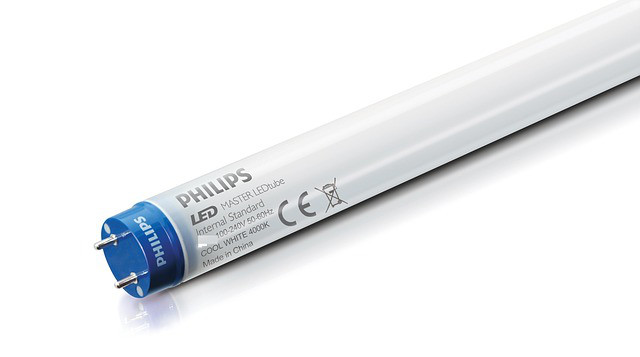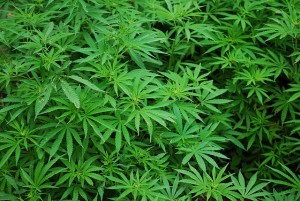Raising crops outdoors, in natural soil with sunlight is still the best way to go when growing plants. Any farmer would most likely agree on this. Growing cannabis is just like growing a crop. Unfortunately it doesn’t always work that way, as climate conditions and other factors basically force growers indoors. As technology in horticulture advances, the difference in cannabis or other plants grown indoors, continue to decrease.
As you might already know, the thriving cannabis industry is a multi-billion dollar industry and growing quickly. One sector sector of the cannabis industry that has seen impressive growth has been that of grow lights. Both the technology of grow lights and the bottom lines of grow light manufacturers has seen a significant boom within recent years.
The main reason for the advancements in grow lights can attributed to LEDs. Light Emitting Diodes are taking the indoor cannabis growers by storm. LED lights can be much more cost effective, energy efficient and accurate than their predecessors. This, in turn, has helped breeders and growers improve the quality of their indoor cannabis.
Highly efficient LED’s are so profitable and advanced that even Wired magazine, a national tech publication, did an entire feature story on them.
According to the article in Wired, “LEDs offer two main advantages: One, they give off specific wavelengths of light that can be fine-tuned to the plant and its stage of growth. That’s why you see so much blue mixed with red, or magenta, light. Two, they use much less energy than traditional bulbs. Indoor marijuana farms are a notorious energy suck, and stories abound of illegal farms getting busted by their electric bills. Legal growers can save money and burnish their eco-conscious reputations at once.”
We won’t go looking into the best wavelengths of light for each cycle of growth, but you get the picture. LED grow lights will let the grower precisely tune the wavelengths for each plant. The inventor of Blue LEDs even won a Nobel price. As technologies continue to improve and strains better understood, there could be recommendations for best wavelength studies for optimal health and growth of each and every strain.



